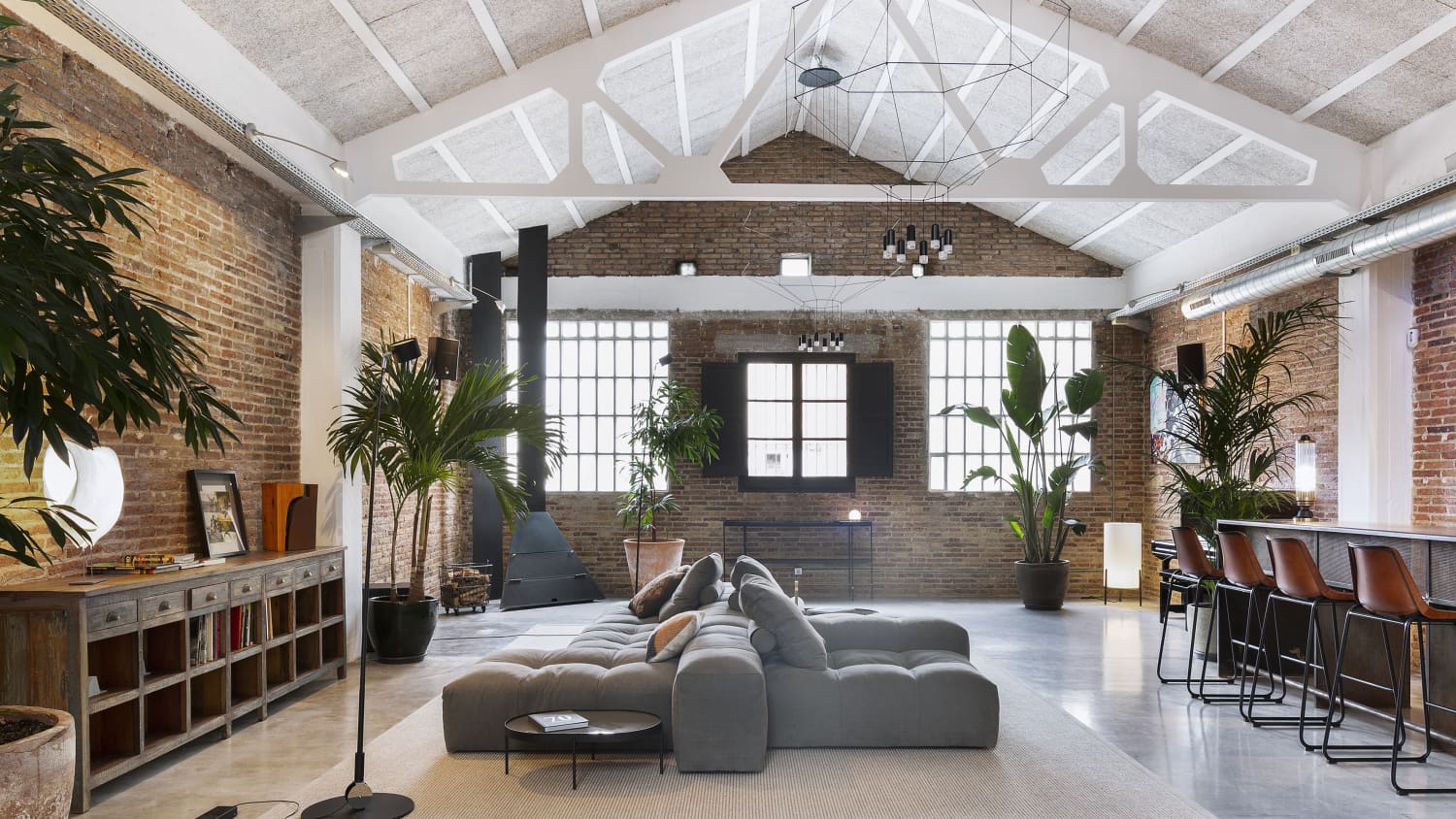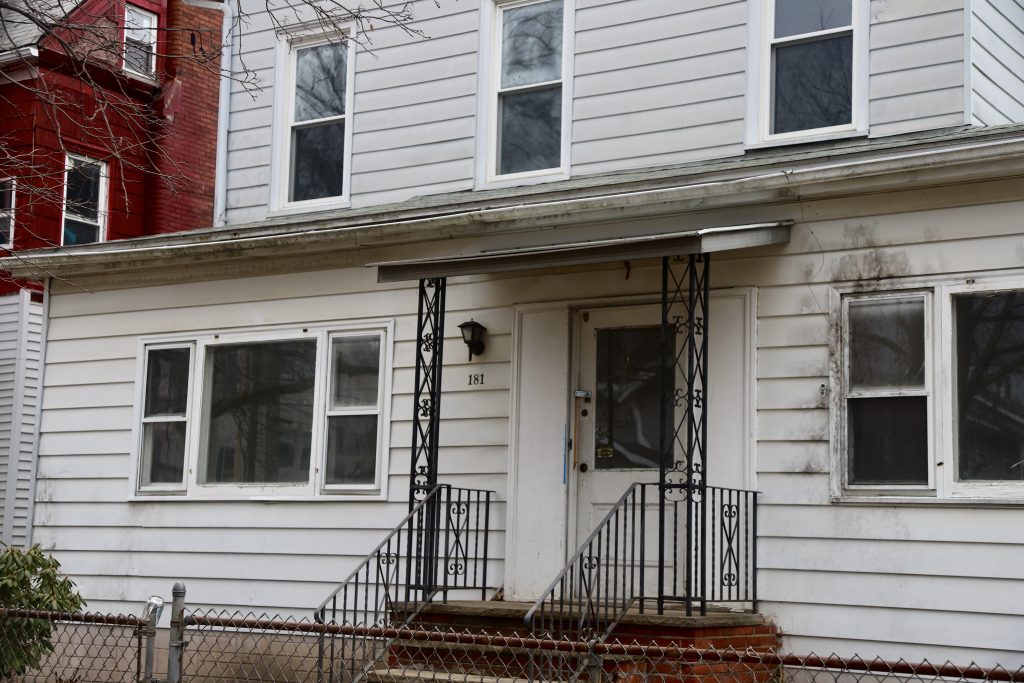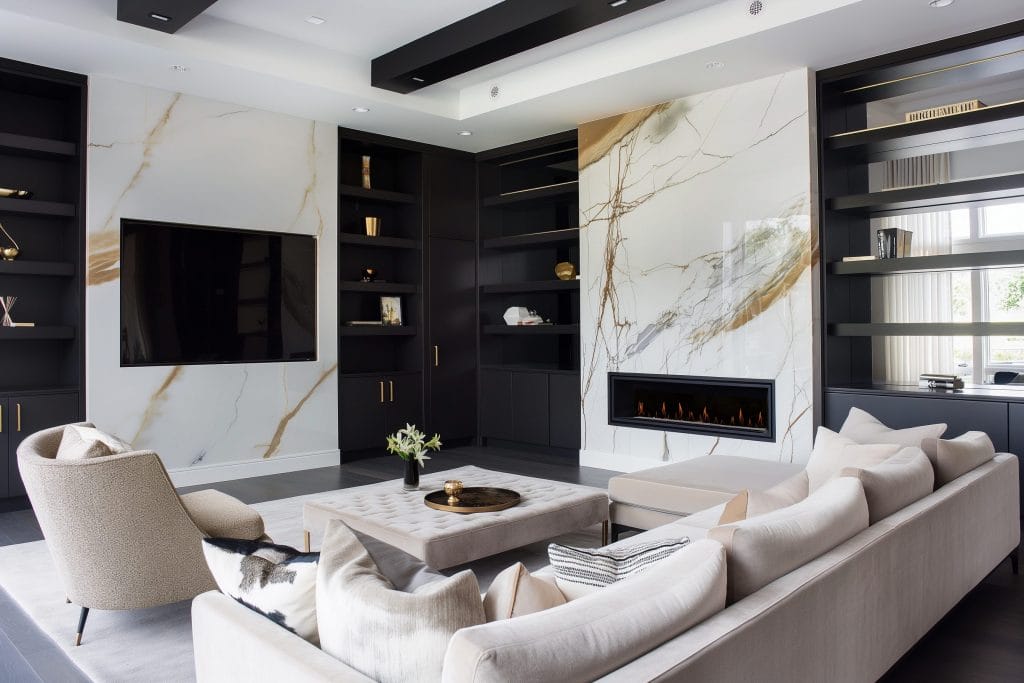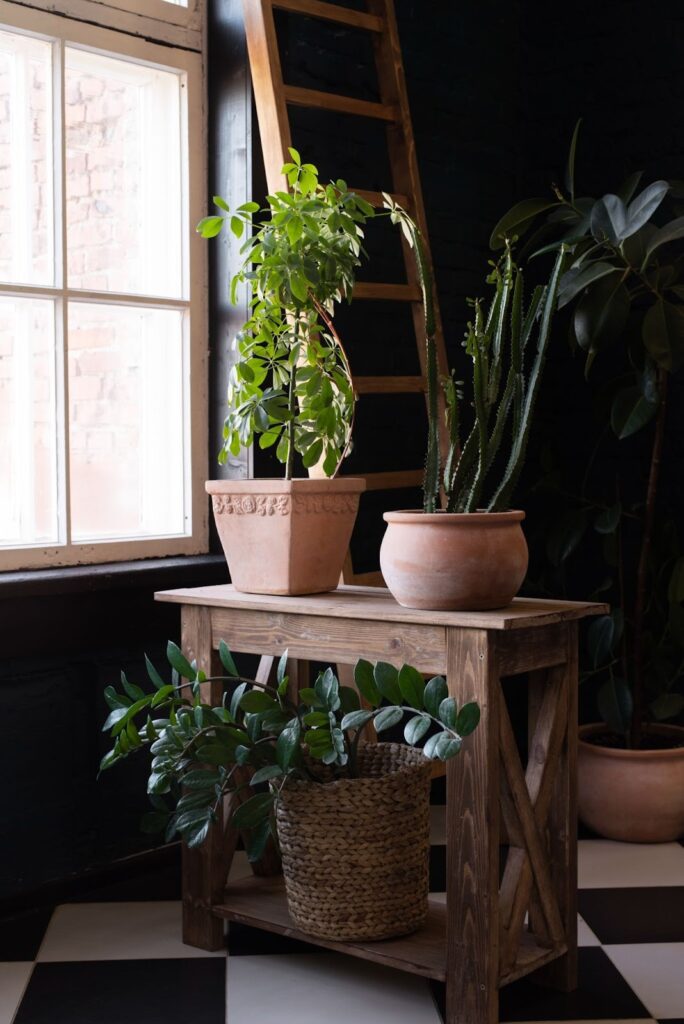Industrial Interior Design: A Modern Twist on Classic Style
Industrial Interior Design: A Modern Twist on Classic Style industrial Interior Design has evolved from a once-functional aesthetic to a refined, stylish design trend that embraces raw beauty, exposed elements, and a sense of urban sophistication. Inspired by factories and warehouses, this style has transformed into one of the most popular interior design choices for both residential and commercial spaces. With its bold mix of materials, open spaces, and modern edge, Industrial Interior Design offers a unique charm and timeless appeal that can be tailored to suit a variety of preferences.

The Roots of Industrial Interior Design
The origins of Industrial Interior Design are deeply rooted in the industrial revolution. In the late 19th and early 20th centuries, factories, warehouses, and lofts were designed with function in mind—focusing on practicality rather than aesthetics. These structures were often made from steel, concrete, and brick, and the spaces within them were wide open with high ceilings and large windows. Over time, people began to see beauty in the exposed pipes, beams, and structural elements that were once considered imperfections. Today, this raw, utilitarian style is a popular trend in both urban and suburban homes.
Key Features of Industrial Interior Design
When it comes to Industrial Interior Design, several defining features set it apart from other design styles. These elements create the perfect blend of rugged and refined, making the style adaptable for various types of spaces. Let’s take a closer look at the essential characteristics of this dynamic aesthetic.
1. Exposed Brick Walls
One of the most iconic features of Industrial Interior Design is the use of exposed brick. Whether it’s the warm red tones of classic brick or the sleek grey hues of modern versions, exposed brick adds a sense of authenticity and history to any room. It helps to create that urban loft vibe that many people love about the industrial style. The beauty of exposed brick lies in its ability to complement both modern and rustic elements, creating a balance between the old and new.
2. Raw Materials
Materials like metal, wood, concrete, and steel are central to Industrial Interior Design. These raw materials are often left in their natural, unpolished state, allowing their textures and imperfections to shine. For example, unfinished wood beams and concrete floors are used to emphasize the industrial roots of this design style. Metal fixtures, such as steel shelving and exposed pipes, add a touch of industrial charm while creating a strong visual impact.
3. Open Spaces
The open, airy feel of industrial spaces is one of the most appealing features of the style. High ceilings, wide open rooms, and a sense of fluidity in the layout make the space feel expansive and unconfined. The open-plan approach is a hallmark of Industrial Interior Design, allowing for versatility in how rooms are used and arranged. This spaciousness also provides the perfect backdrop for bold design choices like large furniture pieces or statement artwork.
4. Neutral Color Palette
While industrial design can sometimes be associated with a darker color scheme, it’s important to note that it’s not all about dark grays and blacks. The color palette of Industrial Interior Design tends to revolve around neutral shades—grays, blacks, whites, and browns—complemented by the natural tones of wood, brick, and metal. This restrained use of color allows other elements, such as textures and materials, to take center stage.
5. Minimalistic Furniture and Décor
Furniture in Industrial Interior Design tends to be minimalistic yet functional. Clean lines, simple shapes, and a focus on practicality are key elements. Instead of ornate or overly decorative pieces, industrial interiors embrace utilitarian furniture made from sturdy materials like metal, leather, and reclaimed wood. Sofas and chairs are often large and comfortable, with little embellishment. The idea is to keep things functional, without compromising on style.
6. Vintage and Retro Elements
Another defining feature of Industrial Interior Design is the use of vintage and retro elements. These can range from antique furniture pieces to vintage lighting fixtures or old signage. The combination of old and new creates a sense of nostalgia and character, adding depth and personality to the space. Reclaimed wood, salvaged metal, and industrial accessories help reinforce the nostalgic, lived-in feel that is so central to this style.
How to Incorporate Industrial Interior Design into Your Space
Now that we’ve covered the fundamental features of Industrial Interior Design, let’s explore how to bring this distinctive style into your own home or office. Whether you’re working with a spacious loft or a cozy apartment, these tips will help you create the perfect industrial-inspired environment.
1. Start with an Open Layout
The first step in achieving an industrial look is to create an open, airy layout. Open-plan living is a hallmark of industrial spaces, so remove unnecessary partitions or walls to allow for greater flow between rooms. If your space doesn’t naturally have high ceilings or large windows, consider ways to enhance the sense of openness with strategic furniture placement and minimalist décor.
2. Use Exposed Brick or Concrete
If you have the luxury of working with brick or concrete walls, embrace them as a key feature of your Industrial Interior Design. For those without exposed brick, consider using wallpaper or paint that mimics the look of brick or concrete. Additionally, polished concrete floors can bring an industrial touch to the space, offering both style and durability.
3. Add Metal Fixtures
Integrating metal elements into your design is crucial for achieving that industrial edge. Consider incorporating steel, iron, or copper in your lighting fixtures, shelving, or furniture. For example, industrial-style pendant lights with exposed bulbs or a metal coffee table can help anchor the space. Metal accents provide a sleek contrast to the rustic wood and brick components, creating visual interest and balance.
4. Mix and Match Textures
A key element of Industrial Interior Design is the interplay of different textures. Mix and match materials like raw wood, leather, metal, and glass to create a layered look that feels dynamic and engaging. For example, a leather sofa paired with a reclaimed wood coffee table and a metal floor lamp can create the perfect blend of materials, all while maintaining that industrial feel.
5. Focus on Functionality
While aesthetics are important, industrial design emphasizes functionality above all else. Look for furniture and décor that serve a practical purpose, like an oversized dining table, open shelving, or a sturdy metal cabinet. When choosing furniture, consider pieces that have an industrial feel, such as a metal-framed bed, a metal desk, or a vintage-style chair.
6. Incorporate Vintage and Retro Accents
To give your space character, don’t shy away from incorporating vintage or retro elements. Seek out antique industrial pieces, like an old factory cart, metal lockers, or a vintage typewriter. These accessories help to bring history into the space, creating a nostalgic ambiance while adding personality to the room.
Why Industrial Interior Design Continues to Trend
The Industrial Interior Design style has stood the test of time, continuing to captivate homeowners, designers, and architects alike. There are several reasons why this aesthetic remains so popular, especially in urban environments. Here are just a few:
1. Timeless Appeal
The rugged beauty of Industrial Interior Design never goes out of style. The raw materials, open spaces, and minimalist approach make it versatile enough to blend seamlessly with other design styles. Whether you prefer a more traditional or modern look, industrial elements can be incorporated into any space, offering timeless appeal.
2. Versatility
Another reason industrial design remains so popular is its versatility. This style can work in any space, from cozy apartments to expansive lofts, and it adapts to a wide range of tastes. Whether you’re drawn to a more rustic, reclaimed aesthetic or a sleek, contemporary vibe, industrial design can be tailored to fit your preferences.
3. Eco-Friendly Design
The use of reclaimed materials, vintage pieces, and sustainable practices makes Industrial Interior Design an eco-friendly choice for many homeowners. By repurposing old materials and furniture, you’re not only adding character to your space but also reducing your environmental footprint.
Final Thoughts
Embracing Industrial Interior Design is about creating a space that’s as functional as it is stylish. This design style celebrates the beauty of raw materials, open layouts, and minimalist décor. Whether you’re incorporating vintage elements or opting for a more contemporary twist, industrial design offers endless possibilities for creating a unique and inviting space. With its blend of rugged charm and modern elegance, it’s no wonder that Industrial Interior Design continues to be a beloved style in both residential and commercial spaces.







